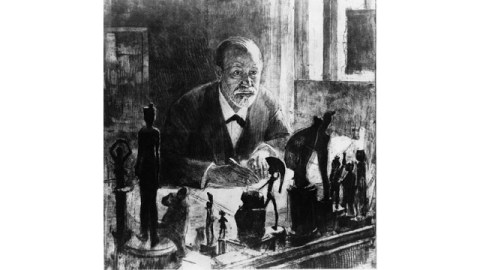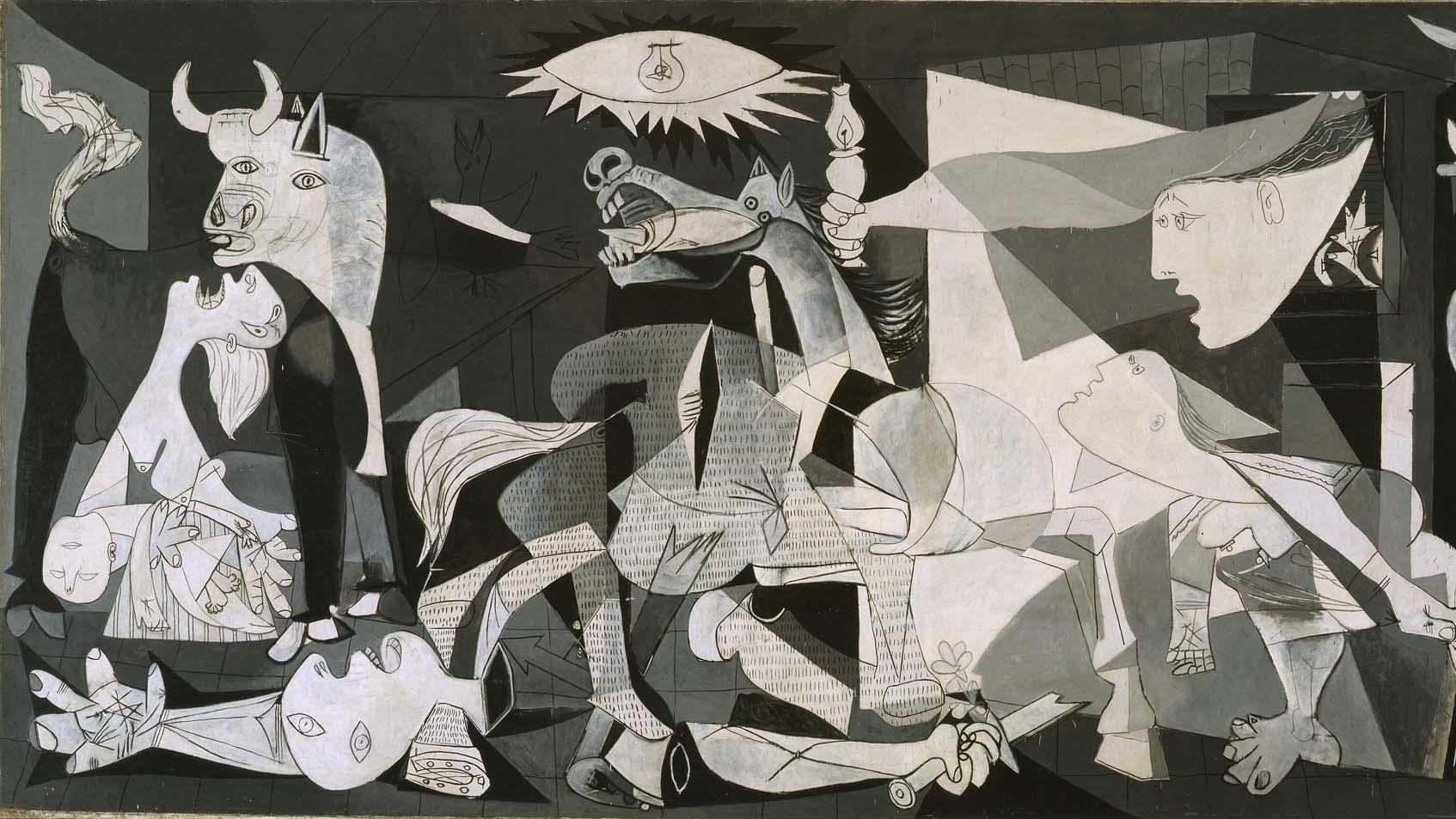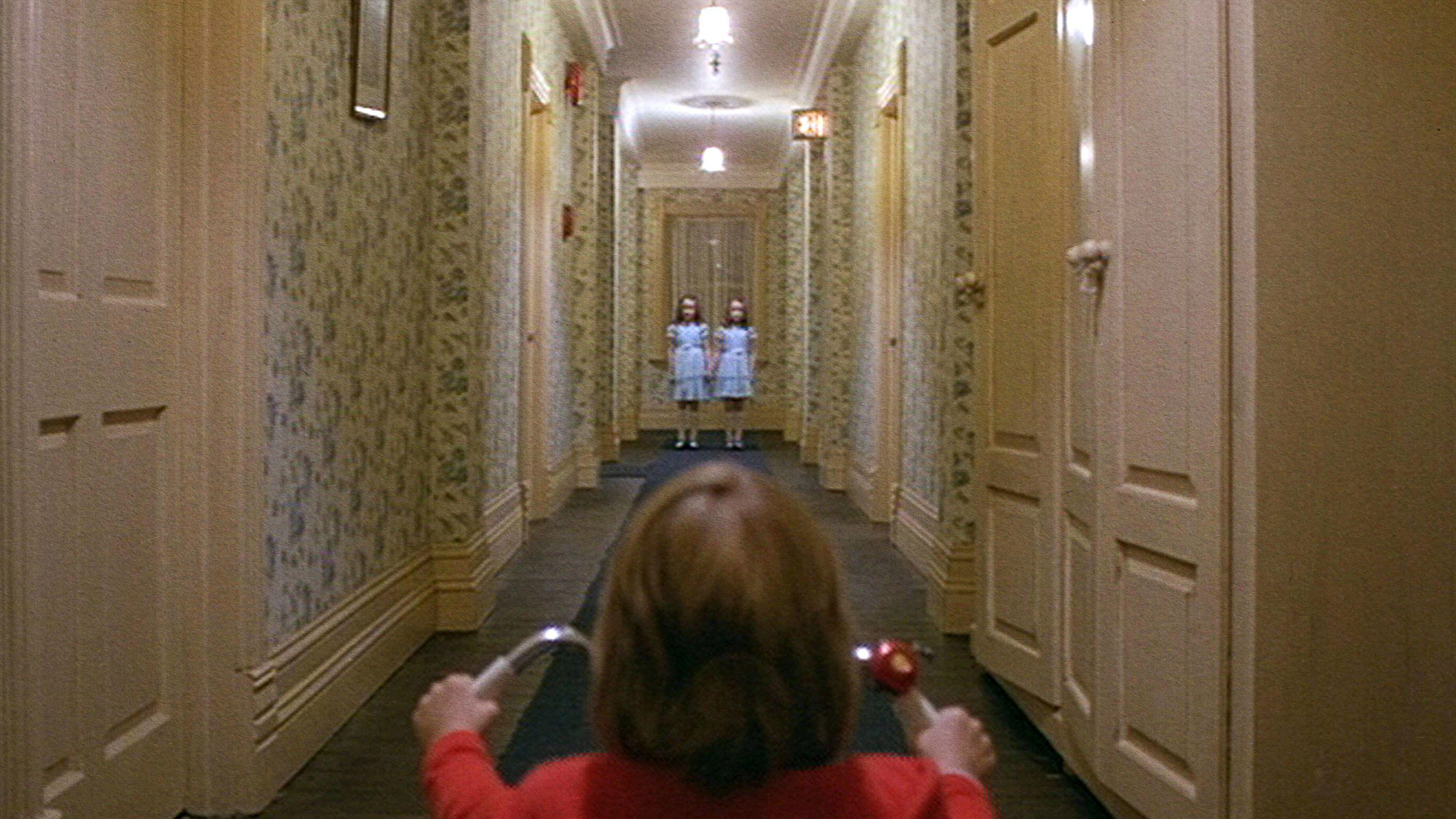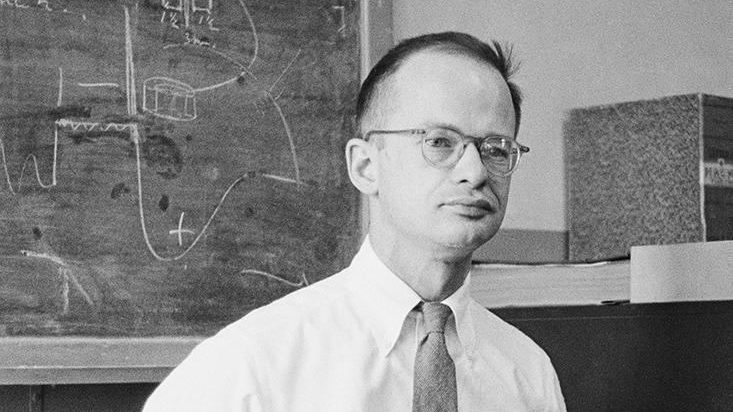The Mind’s Eye: Freud and Photography

When we think of Sigmund Freud, we think first of words—the “talking cure” of psychoanalysis, books such as The Interpretation of Dreams, and the infamous Freudian slip. In Mirrors of Memory: Freud, Photography, and the History of Art, Mary Bergstein, Professor in the History of Art and Visual Culture at the Rhode Island School of Design, suggests we should instead think of pictures, specifically photography. “[P]hotography penetrated the cognitive style of Freud and his contemporaries,” Bergstein asserts in decidedly Freudian language, and “documentary photography—of art and archaeology, but also of medicine, science, and ethnography—influenced the formation of Freudian psychoanalysis.” Photography, with its fragmentary and evocative elements, mirrors the way human memory works for Freud. Thus, the mind’s eye, both conscious and subconscious, mimics the photographic lens. Mirrors of Memory provides a new lens through which to view Freud’s development within the early development of photography and the visual culture we now live in.
As Bergstein points out early on, many approaches to Freud centered on his reading have been written. An approach centering on his viewing, however, had not yet been undertaken, surprisingly. Freud, a well-rounded Renaissance man, loved art and integrated that love into his psychoanalytic writings. Moses, via Michelangelo’s famous statue, found his way into many of Freud’s written works. Freud owned a reduced-sized reproduction of Michelangelo’s Dying Slave and proudly allowed himself to be photographed with the statue in 1904. Max Pollak’s 1914 Portrait of Sigmund Freud (shown above) shows the scholar at his desk strewn with his collection of statues originating from the Near East, Greece, Rome, China, and other cultures—a sign of the success that allowed Freud to stop buying reproductions and begin collecting the real deal.
Bergstein sees Freud’s 1904 posing with Michelangelo’s Dying Slave as “a kind of manifesto of Classicism, Romanticism, and psychological (if not visual) modernity that is at once defiant and self-defining.” By aligning himself with Michelangelo and all the Renaissance giant represented, Freud embraced the Hellenistic heritage that categorically opposed his Jewish inheritance. This theme of Freud’s Hellenism weaves itself throughout Bergstein’s argument, culminating in Freud’s “Roman Fever” that led him to fall in love with all things Italian. For Freud, “Mediterranean peoples of anthropomorphic religions (pagans and Roman Catholics), the ancient Greeks and Romans, and the modern Italians had achieved a balance between intellect and sensuality that was truly classical,” Bergstein believes. In that balance of head and heart rested the secret to psychic unity for Freud. All we have to do is be more “Italian,” like Michelangelo himself.
Bergstein borrows Cesare Musatti’s term “lithophilia” to describe Freud’s “fetishized erotic love of statues. That love existed on a small scale for the statues surrounding Freud in his study. “They stood silently,” Bergstein writes of these tiny works, “like so many sphinxes, rich with the secrets of ancient history and the mysteries of the human mind.” On a bigger scale, Freud fetishized statues from afar, through reproductions and photography. The Venus de Milo, Bartlett Aphrodite, and even the Laocoon enticed Freud at a distance. By studying photographs, Bergstein writes, “Freud broke through what he considered the paralyzing spell cast by the total impression of the statue itself, by the various experiences of its three-dimensional presence in situ, toward what was at once a more intimate and more ‘detached’ visual observation.” Paradoxically, Freud could only get close to these works by seeing them in photographs.
“In the world of archaeology and art history, photographs of fragments of ruined objects or human statues can serve as highly emotional reminders of the passage of time,” Bergstein writes. “In Freud’s psychoanalysis, fragments, traces, or clues engage the imagination to release streams of emotion.” Bergstein ties together the fragments of psychology, art history, photography, and general visual culture together beautifully, resulting in an emotionally charged release of new understandings not only of Freud, but also of the origins of visual culture. Mirrors of Memory earns its relevance through making us all Freudians—not in the gross caricature of his ideas that leads many to dismiss him entirely, but instead in his genius to attempt to understand the human mind through all it encompassed emotionally, verbally, and visually. Bergstein brings a lot of ideas before your eyes, appropriate for the subject of Freud, but you’ll walk away from Mirrors of Memory seeing in your mind’s eye the past and the present in a whole new way.
[Many thanks to Cornell University Press for providing me with a review copy of Mary Bergstein’s Mirrors of Memory: Freud, Photography, and the History of Art.]





